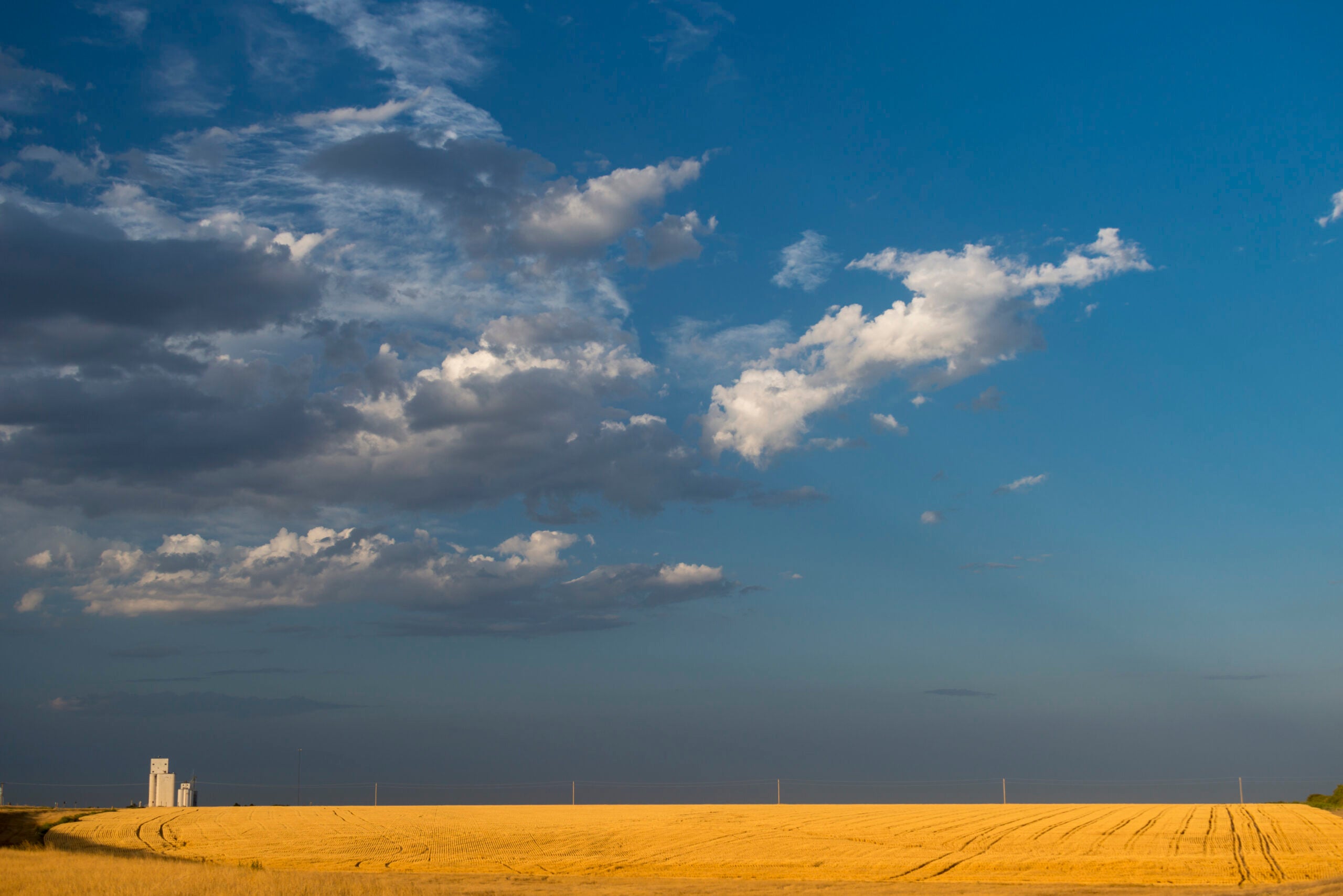During the summer of 2023, Kansas endured a historic heat wave with temperatures soaring above 110°F in some areas. As climate change continues to intensify, the frequency and severity of extreme heat are projected to increase. Are Kansas farmers at risk of losing money in the face of these extreme growing conditions? A new study by EDF, Kansas State University and Cornell University aimed to answer this question by examining the impacts of extreme heat over the last four decades.
Growing Returns
Selected tag(s): finance
Increasing extreme heat is hurting Kansas farmers’ bottom line
Major banks are setting climate targets. What the agricultural finance sector needs to know.
Many major banks have set targets to reduce financed greenhouse gas emissions in their loan portfolios to zero by 2050 (also known as net zero targets). They join a growing movement of companies throughout the agricultural supply chain to set ambitious targets to reach net zero by 2050 to prevent the most severe impacts from climate change.
The Banking for Impact on Climate in Agriculture (B4ICA) initiative recently published “An introductory guide for net zero target setting for farm-based agricultural emissions” that shares best practices for banks to set net zero GHG emissions targets for their agricultural loan portfolios. The guidance helps banks setting agricultural sector emissions reduction targets as part of their commitments to the Net Zero Banking Alliance — an alliance of 122 banks representing 40% of global bank assets that have committed to aligning their assets with net zero GHG emissions by 2050 or sooner. Read More
Financial leaders release climate risk report calling for agricultural resilience
A report released today by a subcommittee of the U.S. Commodity Futures Trading Commission, Managing Climate Risk in the U.S. Financial System, examines the threat that increasingly extreme and volatile weather poses to the stability of financial markets, including U.S. agricultural markets. Representatives from EDF served on the 35-member panel.
The report found climate risks pose a wide range of threats to U.S. agriculture — including heat stress on farmworkers, livestock and crops, soil and water quality degradation, more frequent supply chain disruptions and productivity declines. Read More
Why recordkeeping is “one of the most essential pieces of farming today”
This blog is authored by Bethany Baratta, senior writer at Iowa Soybean Association. It originally posted on the Iowa Soybean Association Newsroom.
Devoting adequate time and attention to maintaining records that blend agronomic and financial data is key to farm business success, especially in tight or low margin environments.
“I think recordkeeping is one of those overlooked parts of farm businesses,” says Dave Walton, an Iowa farmer and Iowa Soybean Association (ISA) District 6 director. “It takes a little extra time to do it, but you learn so much more by taking that extra time. It helps you make really, really comfortable, solid decisions.” Read More
How conservation can enhance a farm’s financial health — even in challenging times
With the U.S.-China trade war and flooding in the Midwest continuing to make headlines, national attention is focused on the increasing economic challenges facing farmers and their families.
After years of weak commodity prices, these financial stresses are adding up. In the Corn Belt, farm bankruptcies are at the highest level in over a decade.
Given this challenging economic outlook, some might assume that farmers will abandon conservation efforts and focus exclusively on their finances. However, many of the financial best practices cited by farmers and encouraged by farm financial advisers are the very same principles that can help farmers continue to improve environmental outcomes. Here are four examples. Read More
How farmers’ business partners benefit from conservation
Most efforts to advance agricultural conservation focus on the farmer – with good reason, since conservation practice adoption is the direct result of farmers’ decisions, time and resources. They also focus, of course, on the environment, as the need to improve water quality and reduce greenhouse gas emissions from agriculture grows.
But conservation efforts must also recognize the relationships between farmers and their business partners. Agricultural lenders, crop insurers and landowners are critical to achieving widespread conservation adoption, and it’s in their financial interest to do so. Here’s why. Read More
Impact investors eye bigger allocations to sustainable agriculture
 In early December, I flew out to Amsterdam to attend the Global Impact Investor Network (GIIN) Forum with 600 other delegates ranging from managers of pension funds and banks to individual investors from at least 30 countries.
In early December, I flew out to Amsterdam to attend the Global Impact Investor Network (GIIN) Forum with 600 other delegates ranging from managers of pension funds and banks to individual investors from at least 30 countries.
Along with the growing interest in impact investing so evident at this well-attended forum, a key takeaway for me was that food and agriculture are poised to benefit. According to a 2016 survey conducted by the GIIN, more impact investors – a third of all respondents – plan to boost investment in food and agriculture than in any other sector.
As a research fellow working on market mechanisms to reward farmers who practice conservation, the survey was music to my ears. Read More










